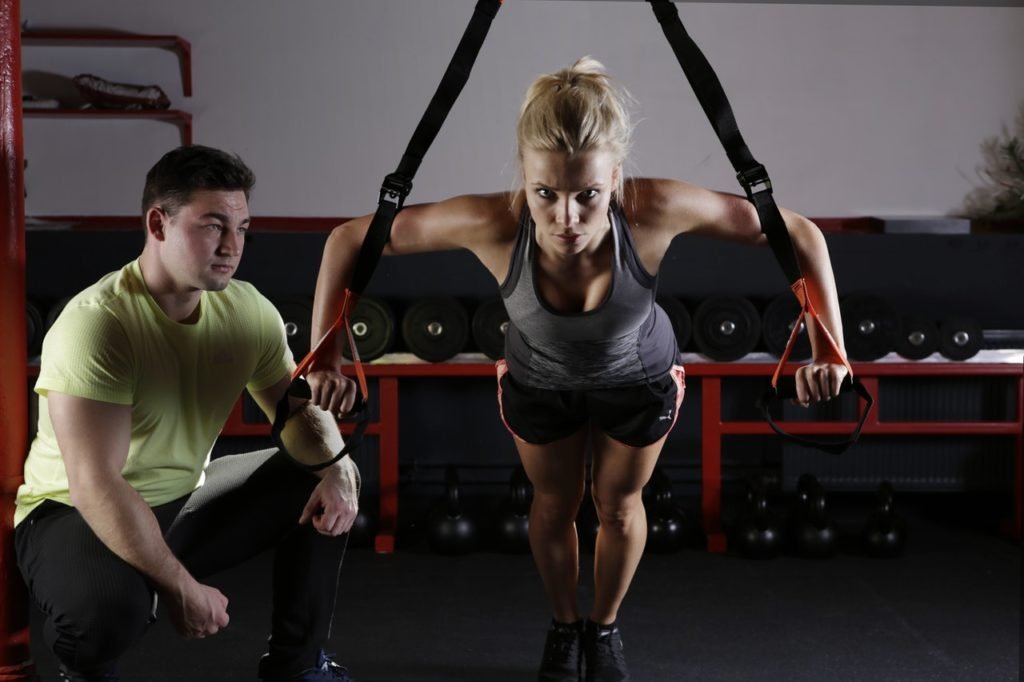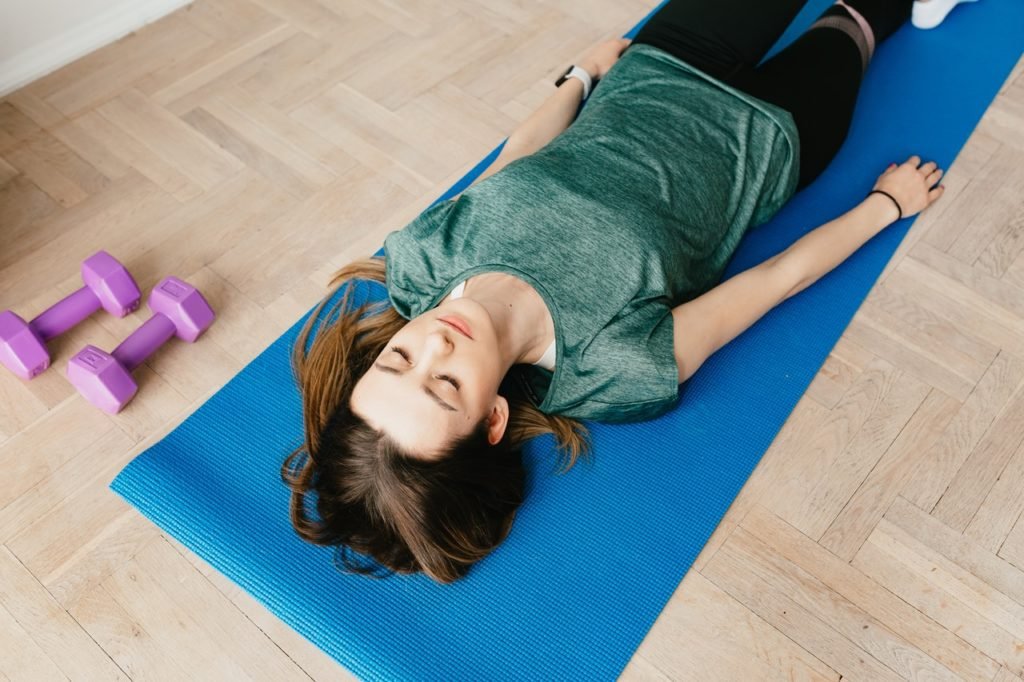Injury is a subject that affects all people, and so most people can’t do their own thing or find it difficult to do it, and injury is important in the fitness field because you can’t give them any exercise without seeing the injury because of you. Work on the injury and make it an exercise for them and see how they can recover from that injury.
Their main goals in fitness education are said to be to lose weight or increase strength or endurance, but their main focus when it comes to fitness is increasing training preventing injuries. Injury prevention training is very important not only for us but also for the common man as well as naturally.
Workout injuries can happen to anyone, no matter how much experience you have. Even if you walk, it can hurt. But taking some precautions in a workout can reduce the risk of injury.
12 Tips to Workout Injury Prevention And Treating In Fitness

So how can you train effectively to prevent injury and how to do it. Lets Start,
1. Hire a personal trainer or coach
If you don’t know exactly where to start, find a personal trainer who will get you started safely and help you plan according to your goals (weight loss, muscle building).
A proper coach can motivate you to avoid many bad habits that affect even the best players, coaches can help you achieve your goals by teaching you the right form and technique to keep you away from injury.

2. Warm-up is necessary
The beginning of the exercise is always the warm-up and the ending cool down, to avoid injury. We should remember that what the exercise should be kept in mind.
That the first to do a first warm-up of the body of the blood in the body is turned into a large number of blood movements and increases heat and does not have any trouble while exercising.

3. Stretching
Flexibility is an important factor. You need to do dynamic stretching at the beginning of the exercise and static passive stretch at the end of the exercise can help reduce injury of muscle.
This stretching increases the elasticity of the body and does not impede movement, this stretching should be done 1 to 2 times for 10 to 15 seconds.

4. Rest and fuel your body
Sleep is important because the body needs at least 6 to 8 hours of sleep. Some of the things you need to know while exercising are to get the nourishment and nutritious food you need at the right time.
Drink water during exercise, during, and after exercise. Eating something gives you strength and you need to eat something nutritious after exercise.
Daily drink water 4 to 5 liters, Eat nutritious food 4 to 5 meals every 2 to 3 hours.
5. Don’t exercise with an empty stomach
Never go hungry while exercising, because if you exercise in such a situation, you will suddenly feel dark in front of your eyes, you will feel tired and dizzy.
So eat something for 1 or half an hour before exercise so that you get stronger and there is no discomfort during exercise. Drink water (sip) in between exercises.

6. Don’t overtrain
It is important to exercise, but it is also important to know how much exercise you do. Because sometimes you exercise too much, which is beyond your capacity, so it increases the risk of injury.
Unintentionally hurting your ligament or tendon, bone, etc. So never do overtrain.
7. Listen to your body
There is a saying in the field of fitness “no pain no gain” does not mean that you must hurt the body.
If you are getting any kind of injury, don’t push yourself you should stop exercising and rest until the injury goes away.
The most important thing is to exercise as much as your body can.

8. Know your weak spot
Get to know your weak organs. What should be increased by focusing the exercise on the weak areas?. For example, if your knee injured, you need to increase the strength of the knee, but don’t do hurtful exercises. Be sure to start a light workout.
9. Start with gradually
When you start exercising regularly or start a new type of exercise, start slowly.
Then gradually increase the intensity as well as the duration and frequency of the workout. Do not lift too much weight directly as there is a risk of injury.

10. Gear for your exercise
Choose the right type of gear for your workout, the right fitness shoe that has arches as well as clothes that are comfortable, breathable, and not too loose but don’t interfere with your exercise time.
Wear well-being socks and shoes. note that running shoe is recommended to last for some time. if the sole of your running shoes becomes thin, it is advisable to use new shoes.
If your feet are flat or arched, consider using an orthotic shoe insert sole.

11. Cool-down
cool down means the body in a relaxed position. our body temperature increase when we workout, to bring the same temperature under control, we do the last of workout technique like cool down.
Bt doing this the temperature of the body return to the precondition. cooldown is very important. You do some work or workout cooldown is required.
A mental cool-down period means you will experience less muscle stiffness and soreness. It also helps to remove waste products from the muscle you have used during activity, replacing them with nutrients and oxygen.
12. Use sun protection
If you are outside, it is important to always remember to avoid adequate sunlight, which including wearing a hat and using sunscreen and trying to avoid scheduling activities between 12 pm to 4 pm on the hottest part of the day.
How to treating workout injuries
Rest it – Rest or Relax the injured area.
Ice it – If a body part is injured, keep an ice pack on it for 10 to 15 minutes or take a towel and apply ice on the injured area so that nothing happens to the skin.
Compress – Wrap the injured area with a good type of elastic bandages, it should not be too loose and not too tight.
Elevate it – If your leg or knee, the arm is sore, sit up, or bring your legs up to a high point to reduce swelling and help with faster healing.
Common injuries in fitness
- Ankle sprain
- Strained and pulled muscle
- factures
- knee injuries
- shoulder dislocation
Read More (The 5 Components Of Physical Fitness And Fundamentals)
So today we look at the type of injuries in the field of fitness and how we know how to fix them.
We hope that you will know from today’s article, how to take care of it. Please share, like, and also comment…


